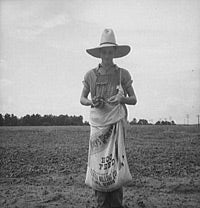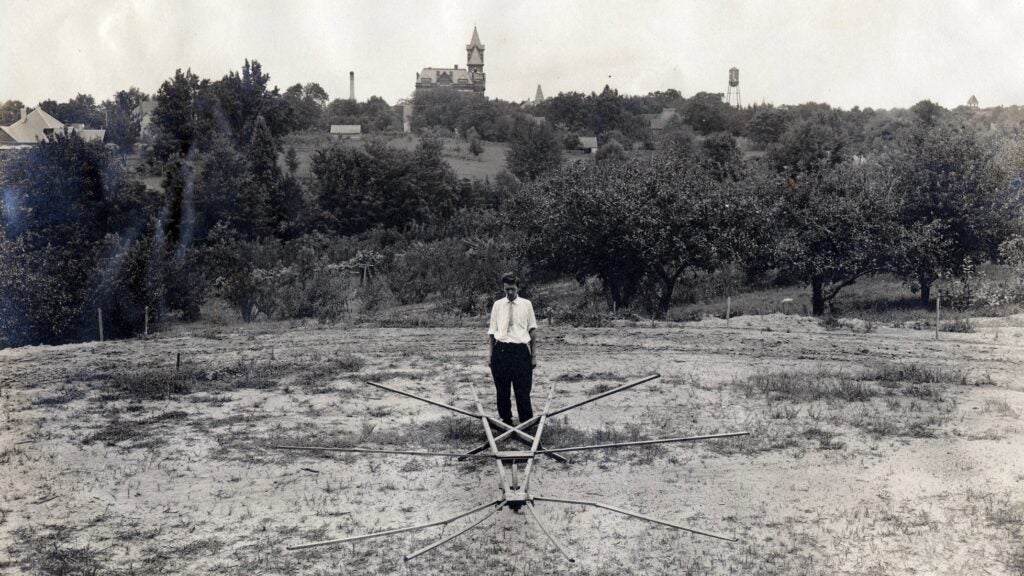Invasive species can wreak havoc on ecosystems, but one species of bug once threatened the Southern economy to the degree that cotton farmers were quite literally left to starve.
In the early 20th century, the boll weevil became public enemy number one.
For years, Floridians have battled against invasive pythons in the Everglades. Since the python grows to enormous lengths in the wild, hunters can easily spot them; however, eradicating a pest that is only .24 inches long and threatening nearly one-third of a continent is quite another matter.
According to Nancy Hinkle, an entomologist at UGA, when cotton was first planted in the Southern states, it thrived with no pests feeding off the plants.

For centuries, cotton was king in the South, until the boll weevil spread from its native Mexico into cotton country and it would take almost a century to eradicate the pest.
The first boll weevils were spotted in Georgia in 1915 and began devastating crops with their voracious appetites.
Farmers tried everything to stop the invasion, but nothing seemed to work. Female boll weevils lay around 200 eggs and since the lifespan of the bug is relatively short, there can be as many as five generations produced in one year, according to the Oklahoma State University Extension.
Many of the farmers who were affected were Black sharecroppers and the weevil became one the causes for the “great migration,” when the sharecroppers abandoned their land and sought factory work in the North.
The Great Depression added a double-whammy on the already hurting farmers, some of whom could barely afford to eat.
It would take cooperation between farmers, scientists and the state governments from Texas all the way to Virginia to finally solve the problem.
According to Hinkle, scientists were able to develop two pesticides to attack the creatures at both ends of the life cycle. One pesticide killed off the adults, while the other attacked the larva, stunting their growth and causing them to shrivel up and die before reaching maturity.
The government required farmers to completely plow up their fields and burn off remains at the end of each growing season. Removing and burning the remains meant the larvae could not hide down in the litter and survive the winter.

“Gas stations in the south would have potted cotton plants as kind of a novelty for Northern tourists to see and those plants had to be destroyed at the end of the growing season as well,” Hinkle said.
People traveling through the rural cotton fields would notice what looked like green upside-down solo cups hanging on posts. Those cups were actually traps and high school students would be paid to collect the traps for scientists to examine, and this was a way of monitoring the success of the program.
“That was really the key, being able to monitor the effectiveness meant that areas not experiencing success could become the next year’s focus,” Hinkle said.
It took decades, but by the mid 1990s, the pest was declared officially exterminated and now most Augustans only know the boll weevil as the name of a seafood restaurant in downtown.
Now, if they could just find a solution for the Florida pythons.
Scott Hudson is the Senior Investigative Reporter and Editorial Page Editor for The Augusta Press. Reach him at scott@theaugustapress.com











